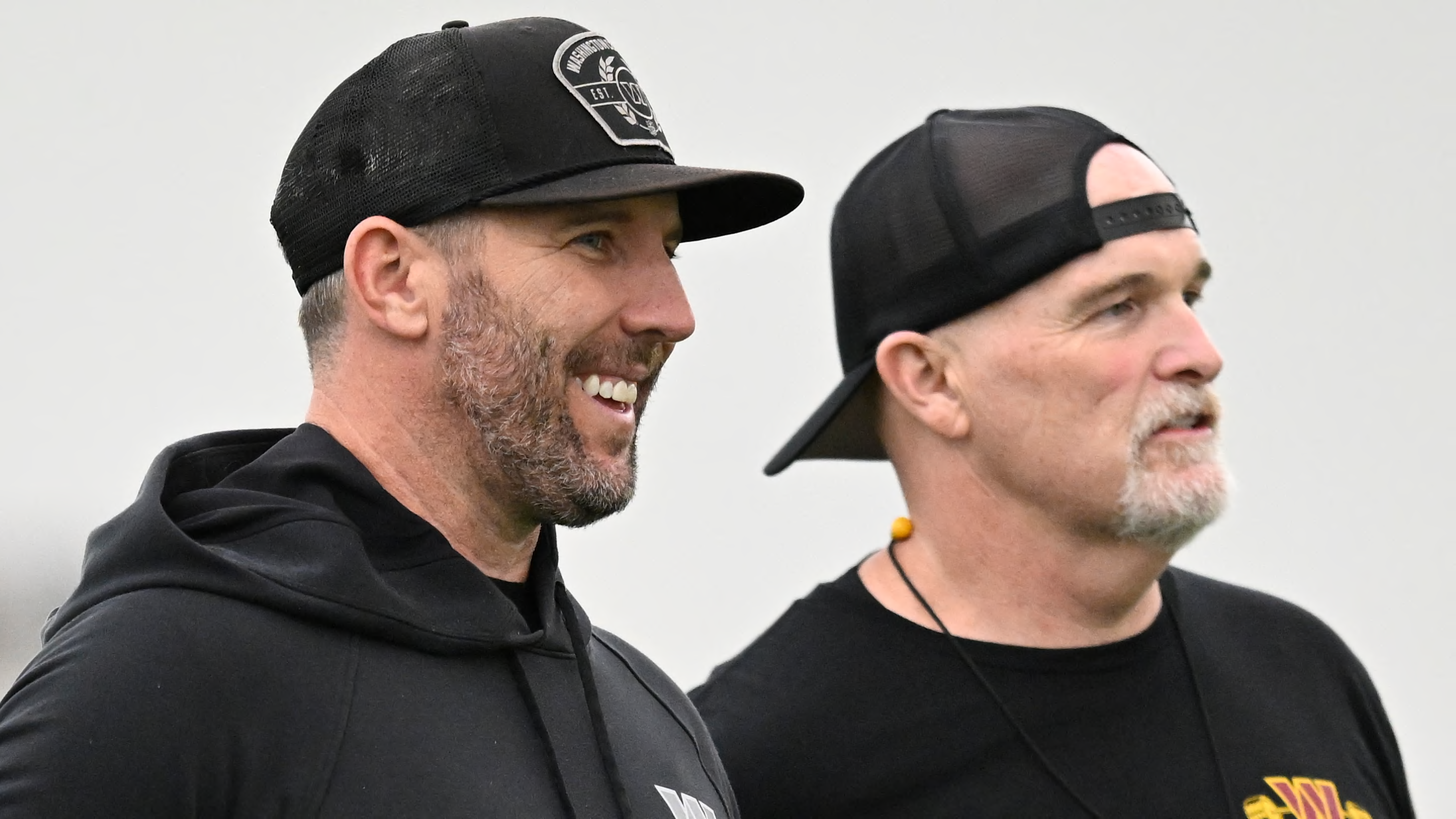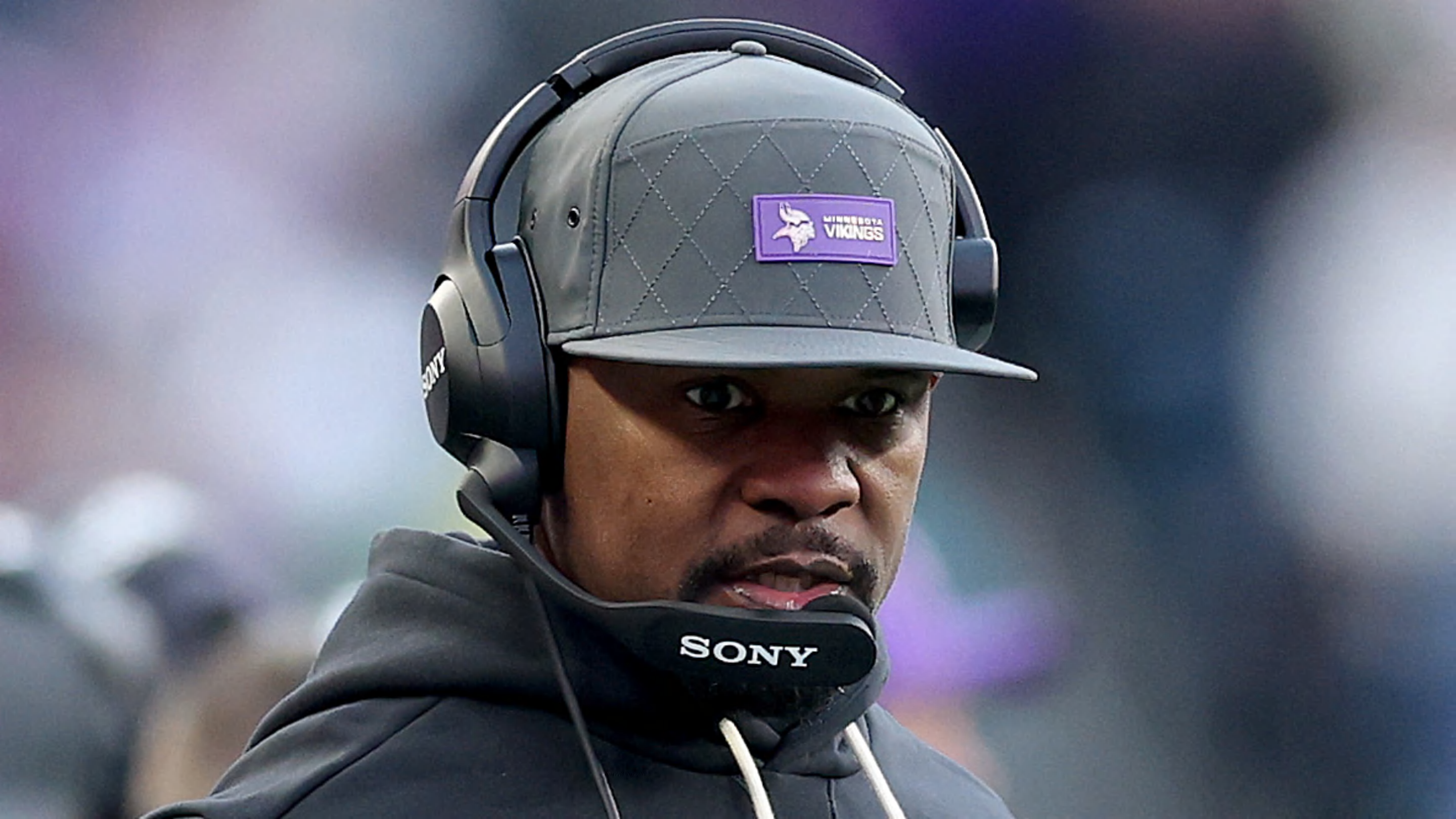When Joe Gibbs was able to coax Joe Bugel out of a three year retirement, Redskins fans everywhere shouted with glee. The Boss Hog had left the team in 1990, and was missed by every Redskins fan since
Though Gibbs left the team after the 2007 season, Bugel has decided to stay with Washington. This was a very lucky happening for the Redskins, and Dan Snyder must be applauded if he increased Bugel's salary to get him to stay.
Bugel is well known for his exploits an an NFL coach, but his journey to get to this point is also very interesting. Like many NFL coaches, Bugel had to pay his dues for several years as he learned his trade. His journey has led him to jobs with eleven teams in his 45 years in coaching.
Joe got his first coaching job at his alma mater, Western Kentucky University, the year after he graduated in 1964. He stayed at the school until 1968, moving his way up the coaching ladder. In a school that has produced just 17 NFL players in their history, Bugel was a coach of Dale Lindsey. Lindsey played nine years in the NFL, tied for the most years played by a player from the school.
In 1969, Bugel got a job with the United States Naval Academy to coach. One of the coaches on the staff was Steve Belichick, the father of current New England Patriots head coach Bill Belichick. He stayed with the team until moving to Iowa State University for the 1973 season.
The Iowa State team had several future NFL players on their team that year. Matt Blair, Keith Krepfle, Mike Stachan, Dave McCurry, Barry Hill, Dean Carlson, Tommy Campbell, and Randy Young all would go on to play at least one year in the league. Joe only coached there one year, because he would get a job at Ohio State University for the 1974 season.
While there his only season with the school, Joe helped develop an Buckeyes offensive line that saw three guards drafted into the NFL the next year. One of them was John Hicks, a guard who was the third pick in the entire 1975 draft. The line also had two more players who later would be selected in the first round in their draft years, Doug France and Kurt Schumacher.
This offensive line would help pave the way for Archie Griffin to win the first of his two Heisman Trophy Awards in 1974. Archie would gain 1,620 yards rushing that year, the most in his illustrious career. Though Ohio State lost to USC, in one of the most exciting games in Rose Bowl history, Bugel's work had gained the attention of the NFL.
The Detroit Lions hired Bugel for the 1975 season. Though the Lions used two of their first three picks on offensive linemen, the team was largely unsuccessful that season. They used three quarterbacks, and finished with a 7-7 record. Bugel was able to coax the Lions rushing game to accumulating the ninth most yards rushing in the league that year.
Detroit had two picks in both the first and third rounds the next year. One first round pick was used on fullback Lawrence Gaines, and Russ Bollinger was a guard drafted in the third round. Detroit replaced their head coach after the fourth game, and finished 6-9 for the season. One of the assistant coaches on the team was Bill Belichick.
Bugel was able to get the running game to be their best weapon. Gaines had the best season of his career, gaining 659 yards rushing, and Dexter Bussey led the team with 858 yards rushing. The job Bugel did in Detroit got him noticed by Houston Oilers coach Bum Phillips.
Houston concentrated on their blocking for the first four rounds on the 1977 draft. Their first pick was offensive Tackle Morris Towns. Towns only played one game that season, but would start for Houston the next six seasons. He would later reunite with Bugel in Washington for four games in the 1984 season.
Their second round pick was on guard George Riehner, but his career was cut short from injuries after 27 games over four years. Houston had three picks in the third round, and drafted fullback Tim Wilson, tight end Jimmie Giles, and fullback Rob Capenter. Wilson became the best blocking fullback in the league, and Giles would be traded to Tampa Bay after one season. While at Tampa Bay, Giles would go to the Pro Bowl three times. Carpenter had a very good career, helping the Oilers win a playoff game in 1979.
The Oilers rushing attack was led by Carpenter and halfback Ronnie Coleman, along with center Carl Mauck. Houston would finish 8-6, and have the fifth highest scoring team in the league that year.
Business began to pick up in 1978, when the Oilers drafted local hero Earl Campbell in the first round. Another good pick was their last pick in the 12th round, guard John Schuhmacher. Campbell became a Hall Of Fame running back, and Schuhmacher would start for most of his six years with the Oilers.
Campbell helped lead the Oilers to a 10-6 record, as the Oilers made it to the AFC Championship game. They would end up losing the game to the eventual world champion Pittsburgh Steelers. This would begin an era in Houston, where the slogan was "Love Ya Blue", in honor of the teams home colors.
Houston then went out and got two time All Po offensive tackle Leon Gray, for the 1979 season, from New England. Gray was entering his prime, and would be named an All Pro the next three years. This allowed the Oilers to reach the AFC Championship again, where they would lose again to the Steelers.
That playoff run is most noted for the fact Campbell and starting quarterback Dan Pastorini were hurt in the first round playoff victory against the Denver Broncos. Houston would beat the San Diego Chargers the next round relying on ball control with reserves.
The Oilers then went out and acquired two time All Pro guard Bob Young before the 1980 season. Young was 38 years old, but was one of the strongest men in the league. The also traded for Hall Of Fame tight end Dave Casper after the sixth game of the season. The moves helped Campbell gain a career best 1,934 yards, as Houston won their division. They then lost to the Oakland Raiders in the first playoff game.
Bugel then left the Oilers to join a rookie head coach named Joe Gibbs of the Washington Redskins. The Redskins had a very young offensive line, featuring four rookies and a second year center. Two of the players were undrafted. Bugel took on this challenge, and molded one of the greatest offensive lines in NFL history.
One day in practice, Bugel called the linemen "a bunch of hogs". The name stuck, and "The Hogs" became a legendary name in the NFL. The group would lead the Redskins to a Super Bowl win in 1982, and another Super Bowl appearance the following year.
One of the most famous moments in Redskins history involved Bugel. It was fourth and one on the Miami Dolphin 43-yard line in Super Bowl XVII. It was the fourth quarter, and Washington trailed by three points.
Gibbs conferred with his assistants, and decided to go for it. Bugel implored his offensive line to open up a hole for Hall Of Fame running back John Riggins. The Hogs complied, as a huge hole was opened up by Russ Grimm and Joe Jacoby. Riggins ran several yards untouched, then plowed through a defensive back on his way for the winning touchdown.
The Redskins would win the Super Bowl again in 1987, but this season was just another example of how good a coach Joe Bugel is. The original "Hogs" still had four members, but with changes. Mark May was originally a guard, but now was playing tackle. Washington got former All Pro R.C. Thielemann to play guard. Jeff Bostic, the starting center, was hurt and only played in seven games. His replacement was All Pro guard Russ Grimm, whose guard spot was filled by Raleigh McKenzie. McKenzie was a perfect Bugel project, having been drafted in the 11th round in 1985.
Joe Bugel left the Redskins after the 1989 season to become head coach for the Arizona Cardinals. His time in Arizona was difficult. His teams won 20 games in four years, and they would have a different quarterback in each of those years. Though the Cardinals went 7-9 in 1993, their best record since 1988, Bugel was fired and replaced by Buddy Ryan.
After Bugel took a year off from football in 1994, he joined the Oakland Raiders the next season. He was promoted to head coach in 1997, and Tim Brown had a career best 104 receptions that year. Running back Napoleon Kaufman had career highs with 1,294 yards and 40 receptions. The team also featured All Pro guard Steve Wisniewski. Oakland finished the season 4-12, and Bugel was replaced by Jon Gruden.
Bugel was asked to join a rebuilding San Diego Chargers for the 1998 season. He coached a line mixed with veterans and rookies, including his reuniting with McKenzie. The Chargers fired head coach Kevin Gilbride after six games, and replaced him with June Jones. San Diego finished the season 5-11.
Mike Riley was hired as head coach for 1999, and San Diego went 8-8, which was followed by just one win the next season. San Diego then finished the 2001 season with 5 wins. The season was the first for running back LaDanian Tomlinson, who ran behind a line that had four starters with three or less years of experience.
Bugel then retired from football until Gibbs asked him to return to the Redskins for the 2004 season. Since then, Bugel has called his blockers "The Dirtbags". They have dealt with injuries, but are a very talented group. Bugel has also been coaching up a group of youngsters to replace the veterans when that time comes. One of his most noted pupils is an undrafted player by the name of Stephon Heyer. Heyer is expected to push for a starting job this year.
All of this has been done with Bugel's own personal loss. His daughter passed away last year, and Bugel threw himself into his work to make the team better. This work is being shown with such promising youngsters like Heyer, Chad Rinehart, Edwin Williams, Devin Clark, Rueben Riley, Will Montgomery, D'Anthony Batiste, and Scott Burley. Joe will have to sift through this talented group to decide which players make the team.
This is a lovely issue the Redskins have not had at the offensive line positions since Jim Hanifan's time as the offensive line coach in the early nineties. The Redskins have not had much success since that time either, which is no coincidence.
Bugel's influence was seen in last years Super Bowl run by the Arizona Cardinals. One of his disciples is current offensive line coach Russ Grimm, a former Hog. Grimm has also been on the cusp of being hired as a head coach by several teams that last few years.
The Redskins are lucky to have the master on their team. This year is just another stepping stone in of Joe Bugel's greatness. How many more steps he will take in the NFL remains to be seen, but he is teaching a group of blockers that all fans hope have the same long reverberations like the Hogs do.
Subscribe to:
Post Comments (Atom)































1 comment:
Now that's one long and distinguished career. I've always said some are meant to be head coaches and other assistants. Nothing against the latter, but that is were they really strive ... especially in player development.
Post a Comment